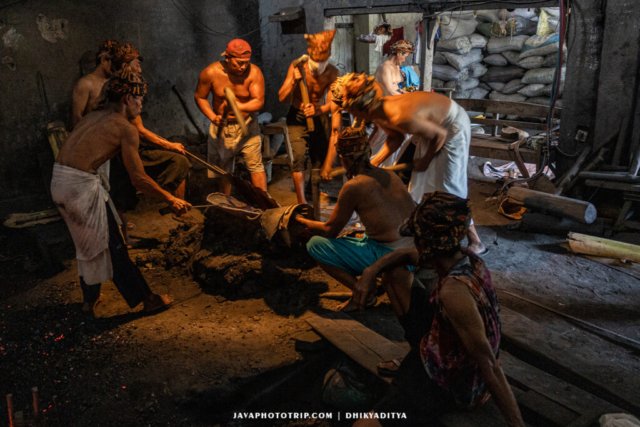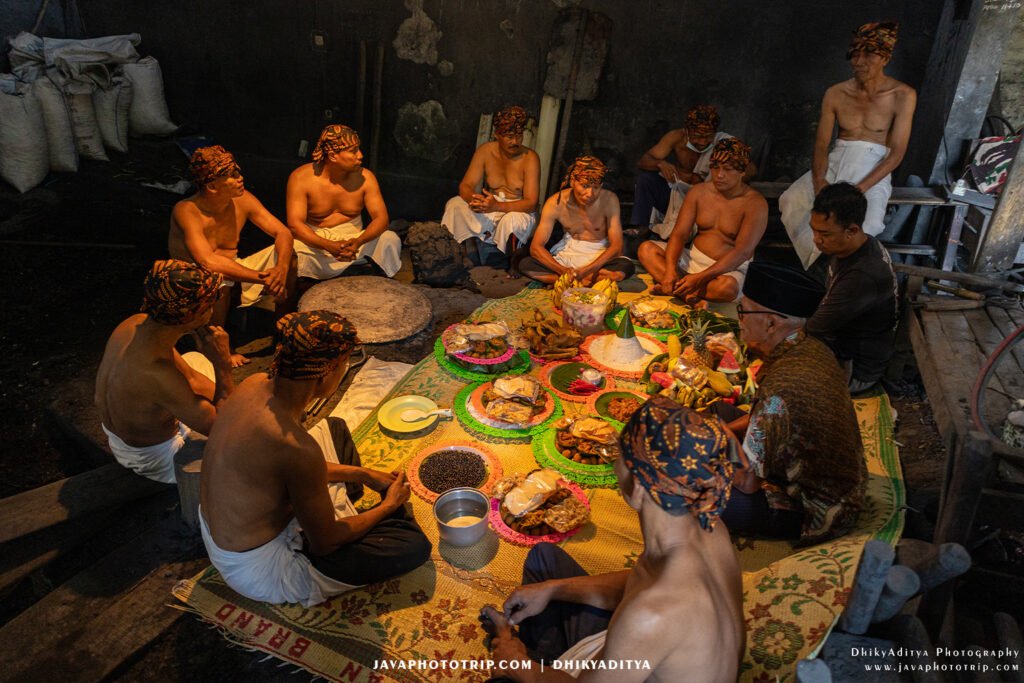
If we think for a moment about the history of civilization starting from the existence of musical instruments from various corners of the world, we may often see various musical instruments made of wood and animal skin, but in the archipelago, musical instruments have been made with various types of metal. It is possible that the abundance of metal raw materials made civilization in the Nusantara at that time very advanced, although it was not written or indeed removed from the history of civilization.
One of the ones I often visit in Putra Supoyo Gong Industry has crossed 3 generations which is currently managed by his son named Agus, he is one of the millennial generation today. In a gong making industry, there are various ways in the modern era, starting from being printed by machine and there are still those that are produced traditionally such as those done by the Gong industry UD. Supoyo which still makes gongs in the traditional way and is still attached to the spiritual traditions of Javanese customs that have been passed down from generation to generation until now.
The reason why they still make gongs in the traditional way is that Javanese people still believe that there is life and energy beyond our conscious mind and it is continuous with all forms and shapes in this world, just like what we say, what we do forms an energy that exists around us, even objects that we consider dead actually record all the movement of energy waves.
Gongs made by UD. Supoyo mostly get orders from the island of Bali, of course you know that Balinese people are very attached to nature so they often say that Gongs that are produced traditionally will have a Soul, while gongs that are produced by machines do not have a soul. As I explained above, all forms record the energy waves around them.
Generally, they make gongs under 90cm in size, they do not perform a traditional ritual.
But when they make gongs with sizes of 90cm to 105cm, they will perform a ritual with the aim of being given safety, ease and smoothness in making this gong. Maybe with the level of difficulty in producing it, it often experiences failure in production, traditional rituals become part of the companion to facilitate the process of making gongs.
Believe it or not, every gong made with a size of 90 cm or more if you do not perform a ritual and pray together often fails in production and this will certainly bear quite a large risk and cost. As Agus said, even though he was born in the millennial era, he initially did not believe that the ritual would smooth the production process, but he witnessed various failures so he had no choice but to follow the method of his father and ancestors in producing gongs,
in Javanese belief, the number 9 is the highest number because after the number 9 there will be the number 0, so the number 9 is the number of perfection in Javanese belief, just as there are 9 holes in the human body so that humans are perfect creatures, who have all the elements in this universe.
The offerings served are various market snacks, fruits, ingkung chicken or whole chicken and garden flowers mixed with water, after various offerings are available then one of them leads a prayer in their own way and belief, after praying the owner of the gong industry, Si Agus, will place the flowers in the forging place, in the burning place and finally in the soaking place. then the offerings that have been prayed for will be eaten together before the production process is carried out, the making of this large gong will be completed in 2 days.
In the production of this gong, there are at least 9 people working who have their respective tasks, some forging, burning, lifting and measuring the size of the gong. The materials used are brass and copper mixed to become bronze plates then burned, forged and shaped like a giant bowl.
The forging and burning process is the most interesting to photograph, because it looks dramatic when it is finished in a photographic work. after completion it will enter the setting and sound stem process.
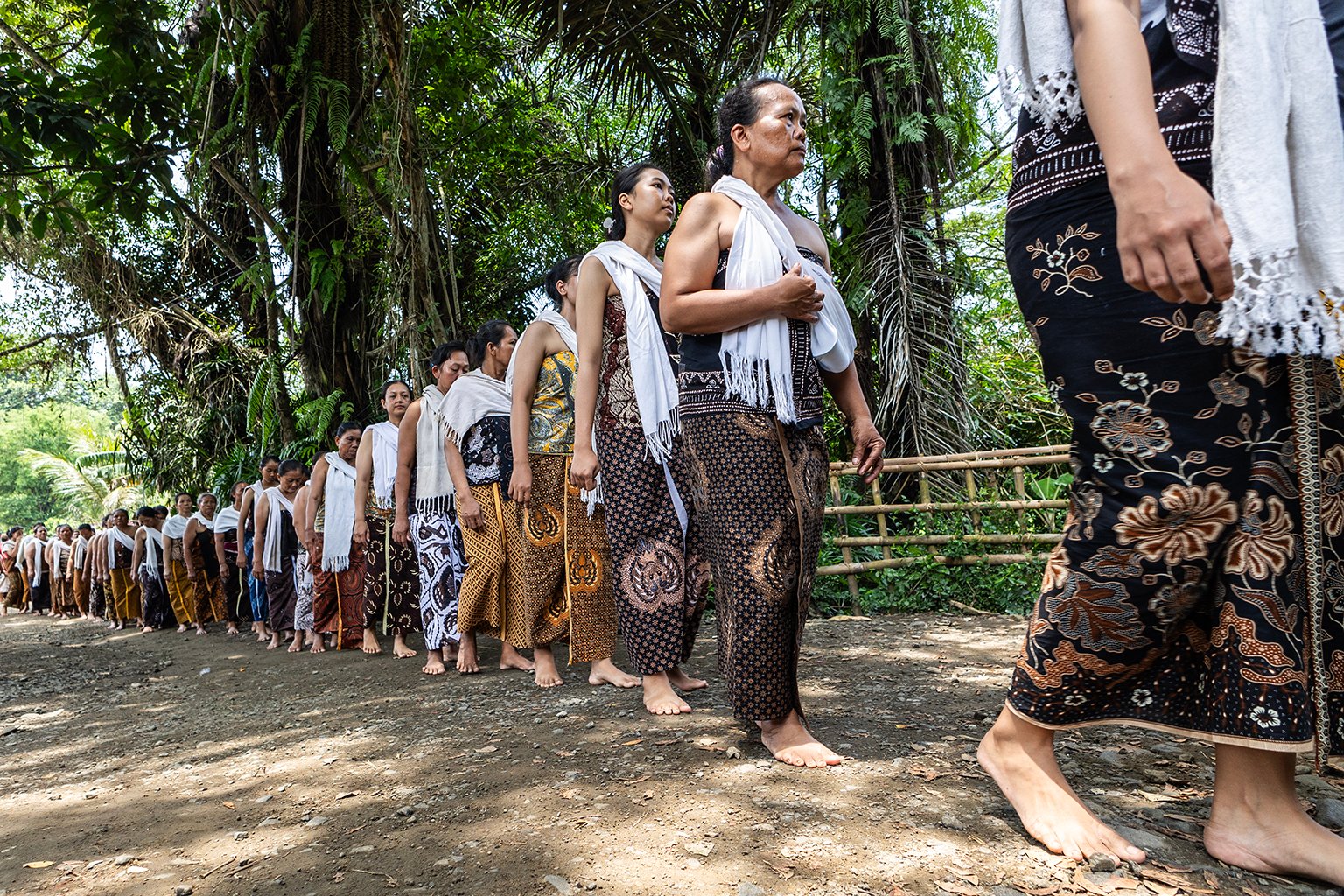
Trah Bonokeling
Bonokeling is an ancestral figure who is respected by the indigenous people in the Banyumas and Cilacap regions, Central Java…
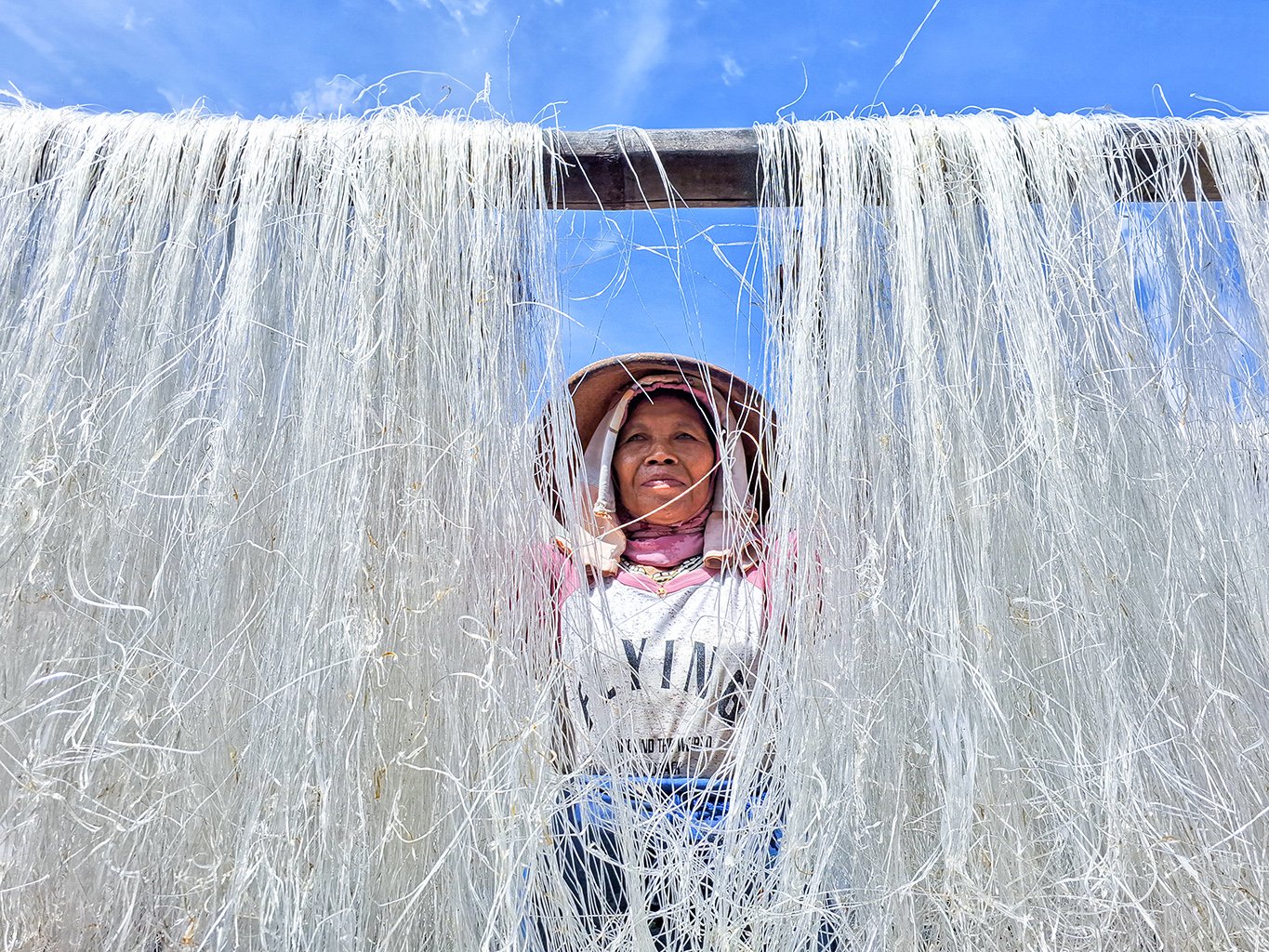
Industry Noodle Soun
The vermicelli noodle industry, also known as vermicelli vermicelli, is an industry that has been established for more than 50..
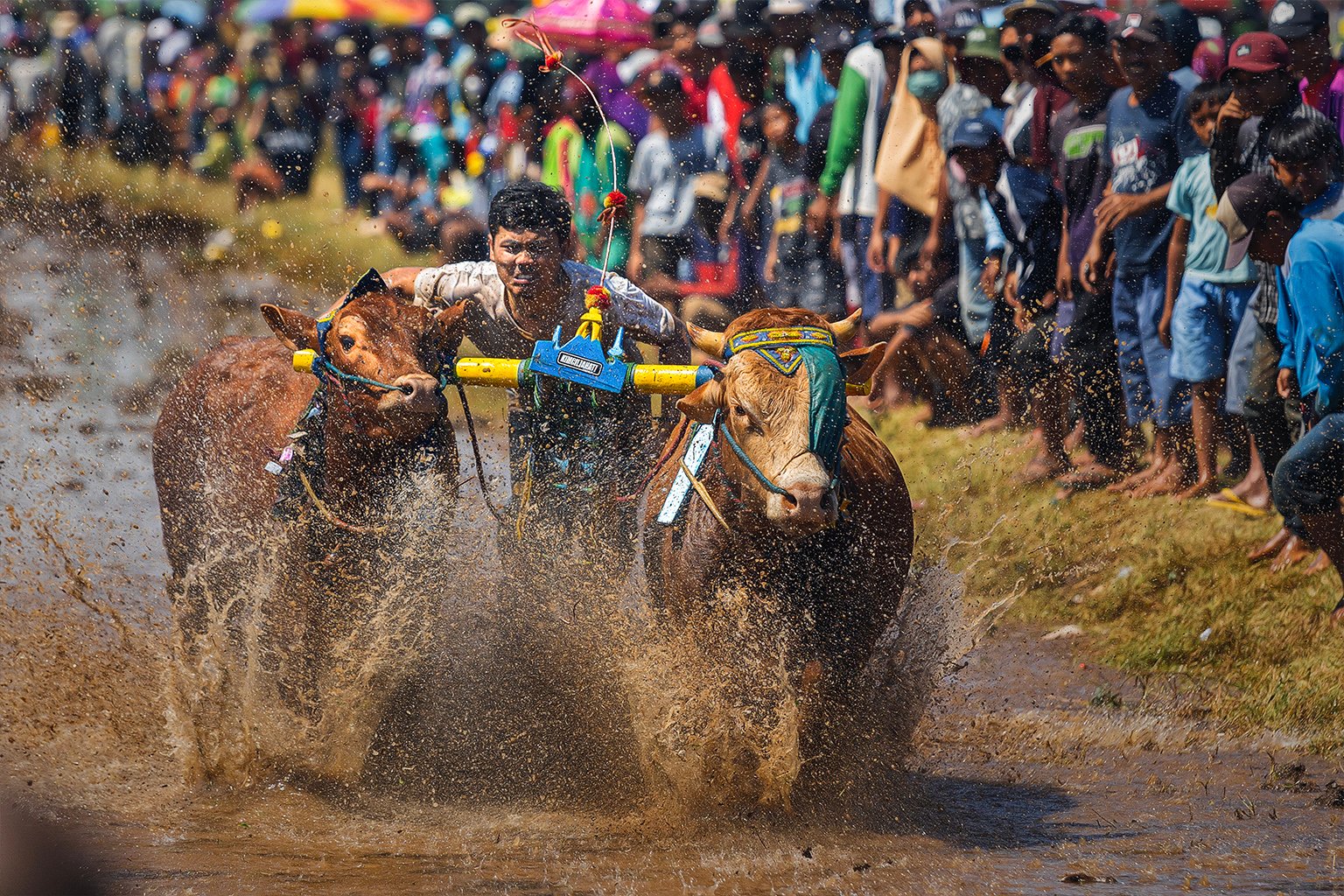
SAPI BRUJUL ” CATTLE RACING “
Sapi Brujul are a type of cattle that are often used to plow rice fields in several regions in Indonesia,..
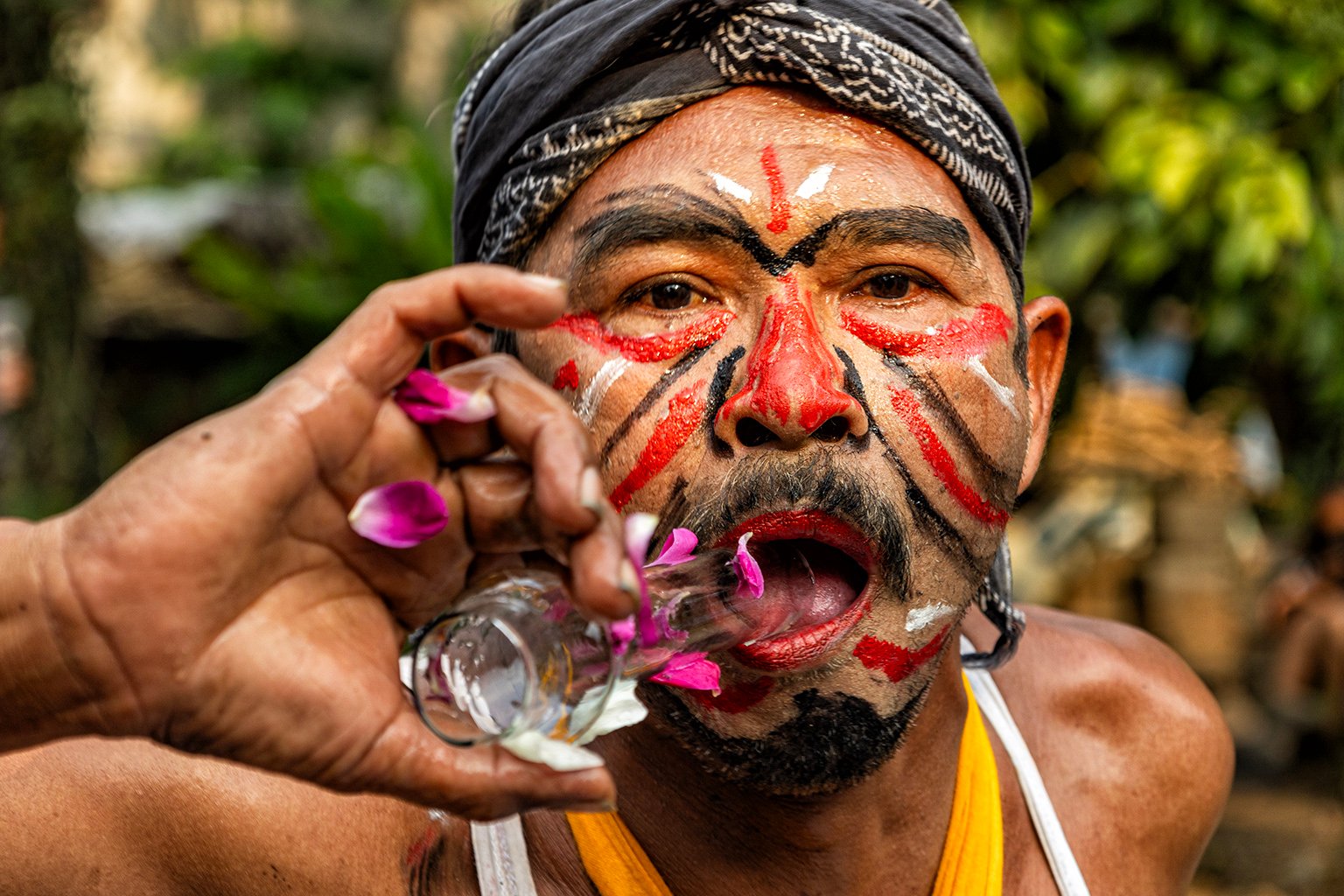
ARTS AND TRADITIONS JATILAN
ATILANART Jatilan is a dance tradition originating from Java, Indonesia. This dance is also known as kuda lumping, jaran kepang,..






